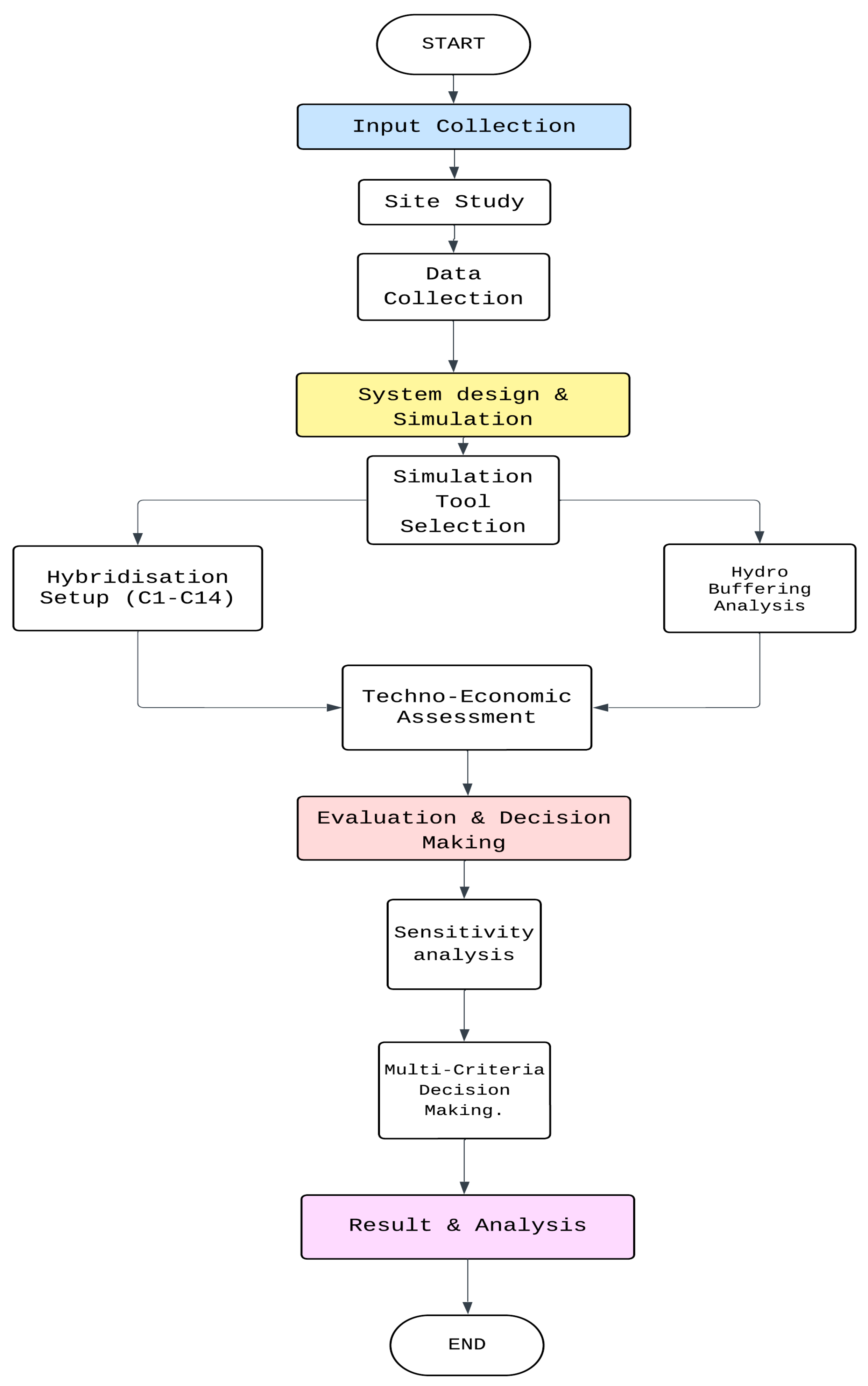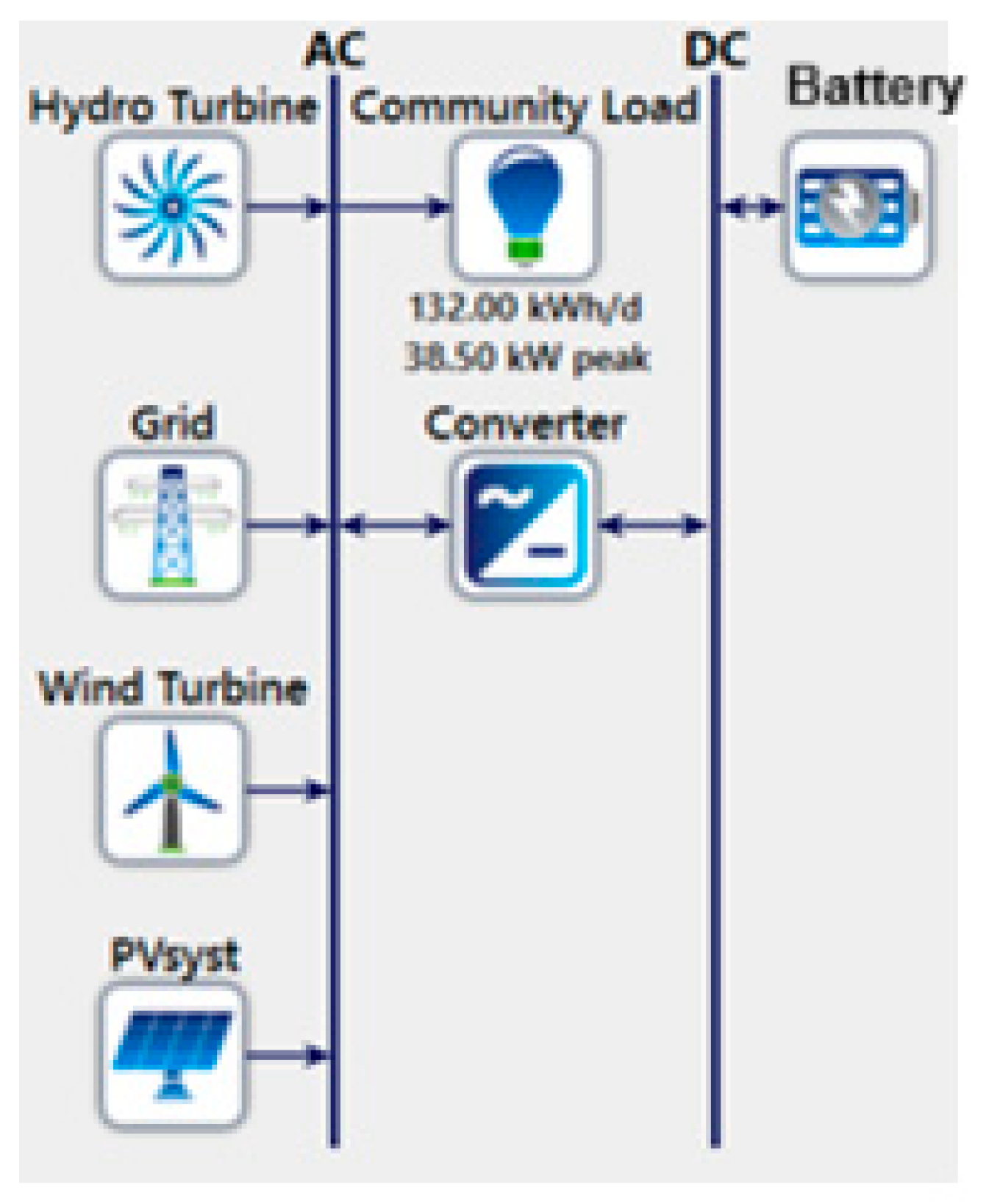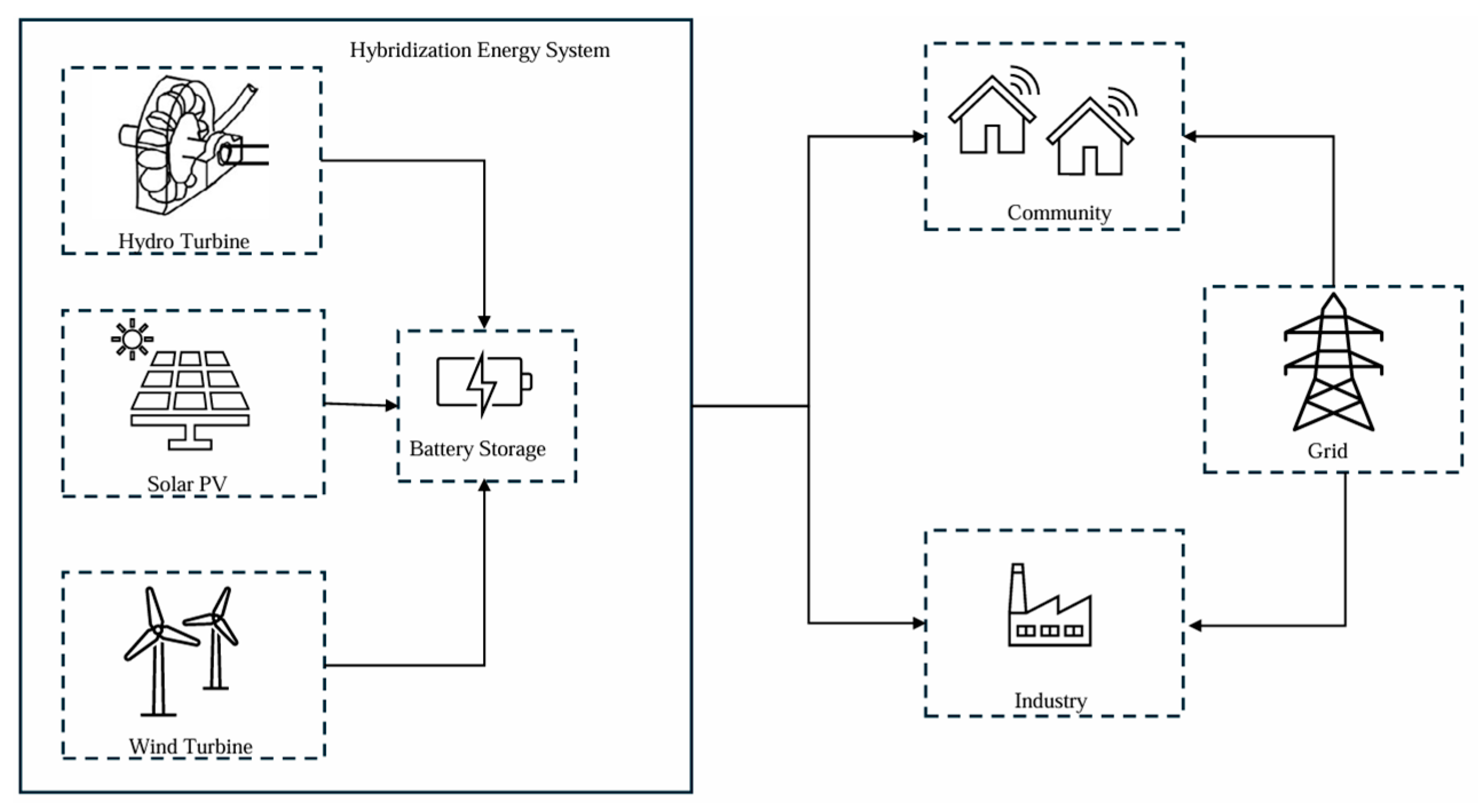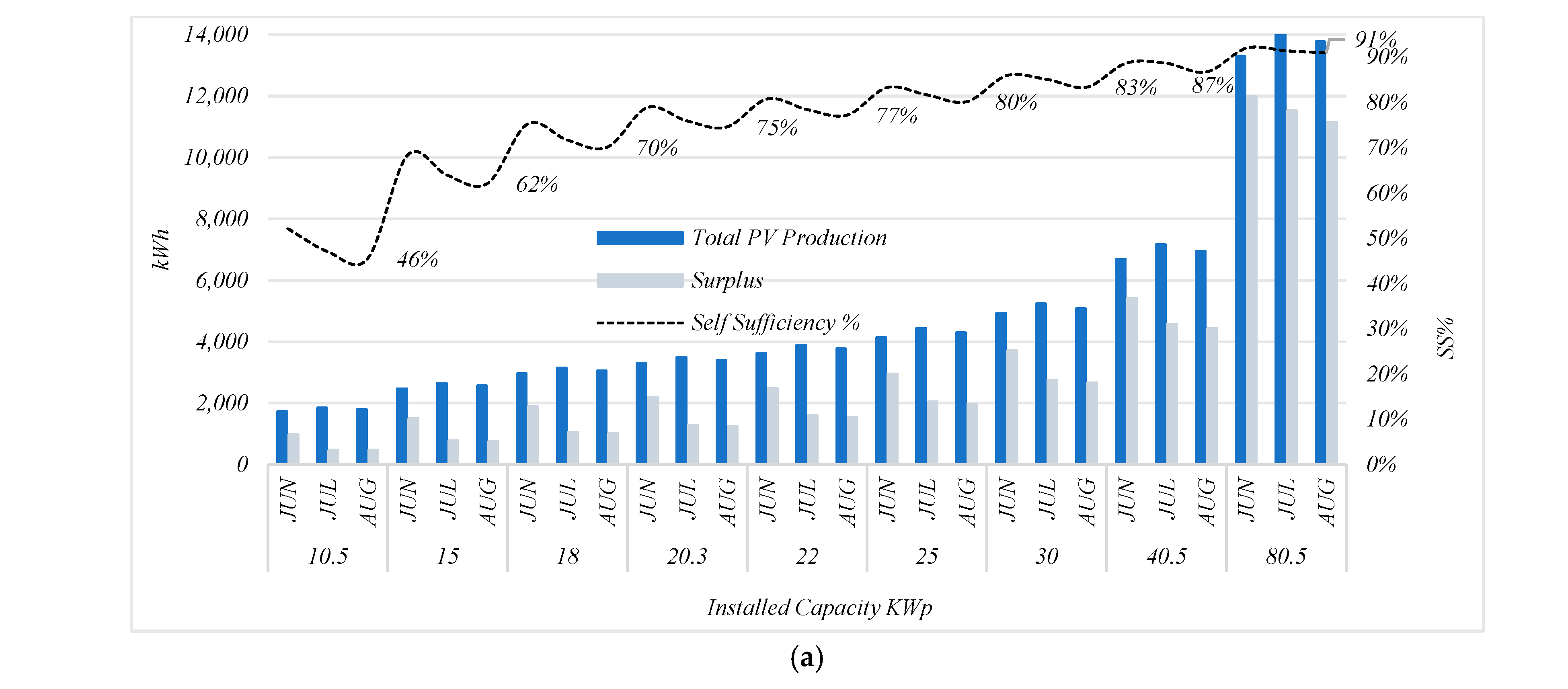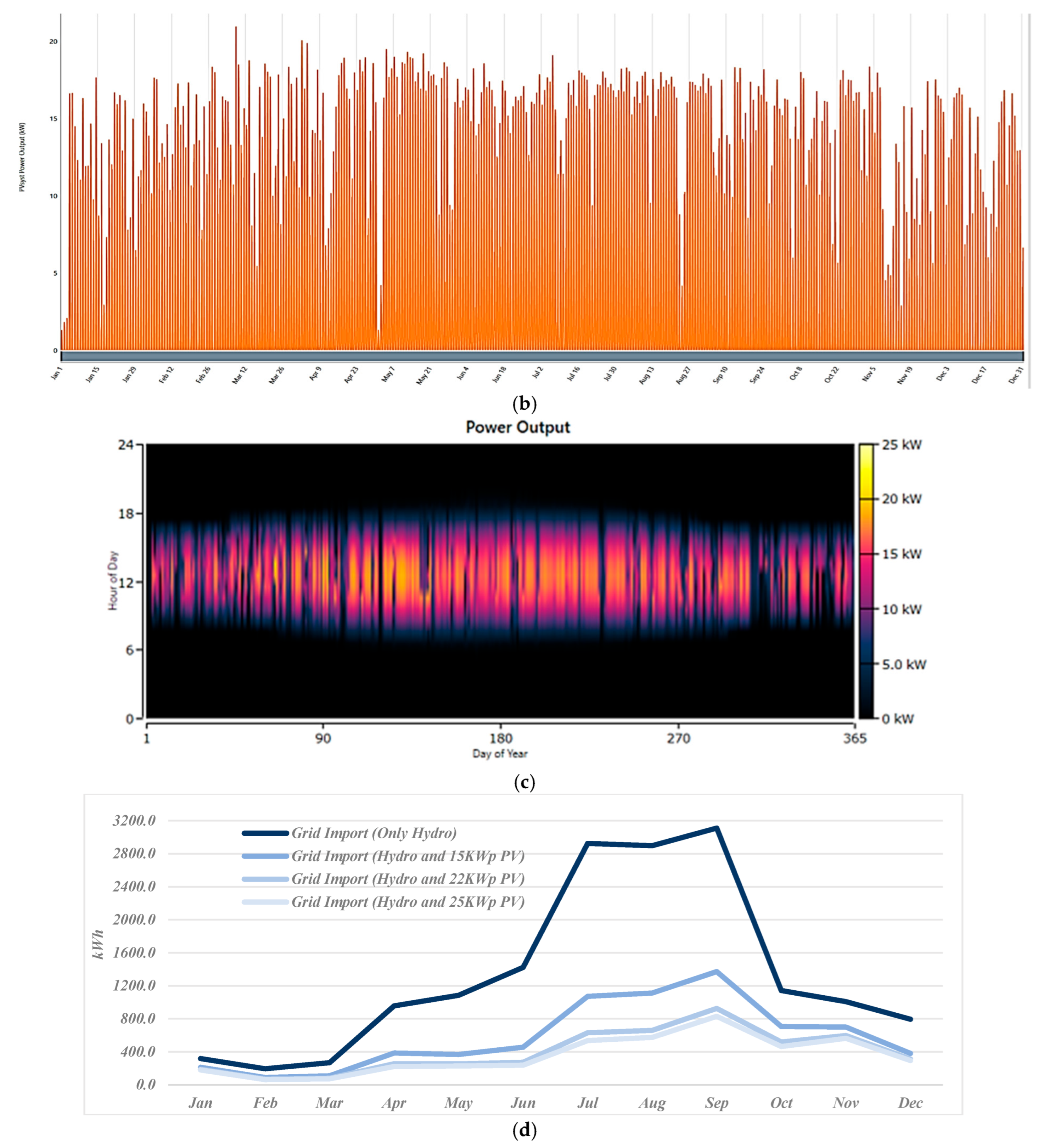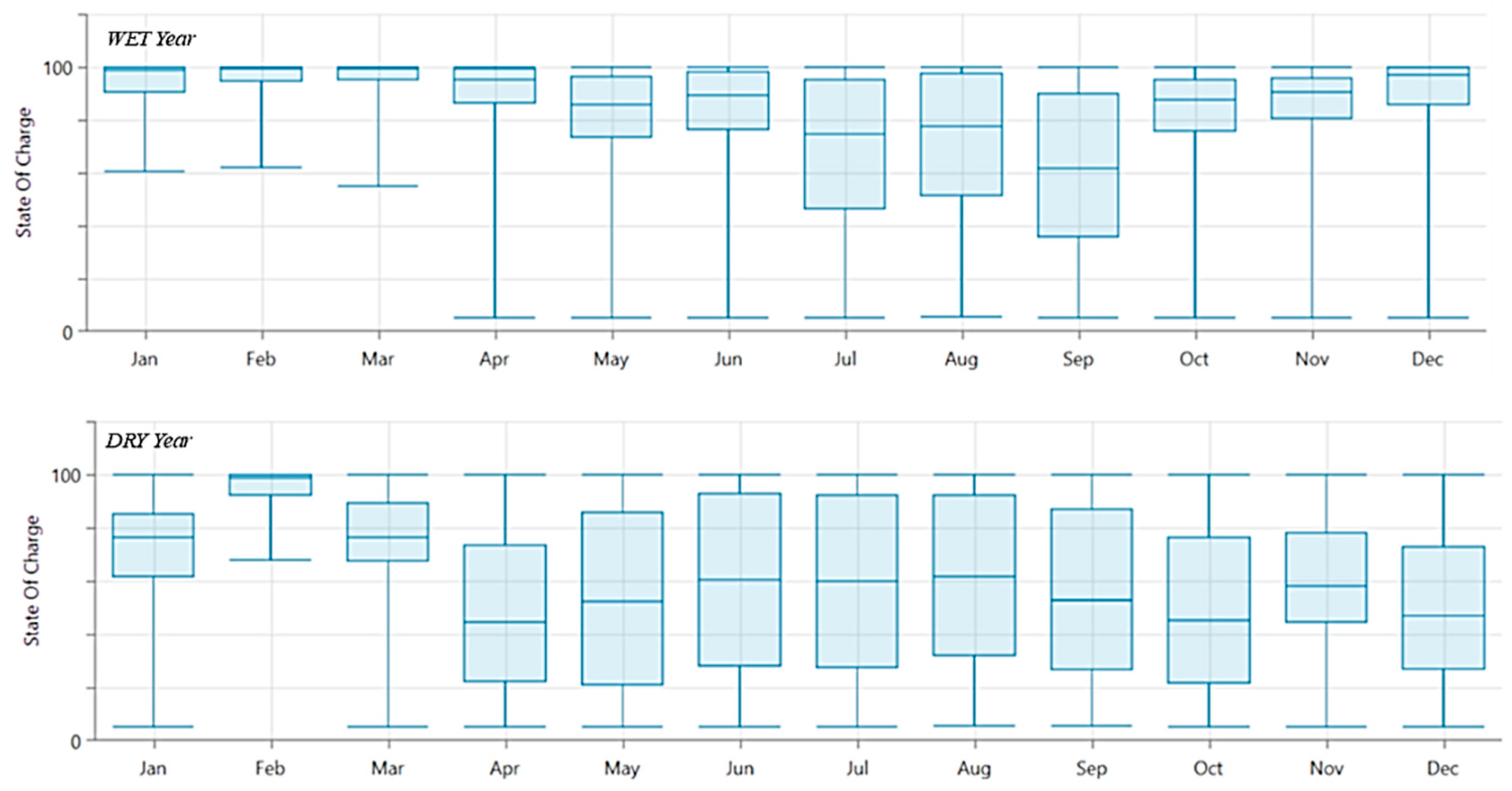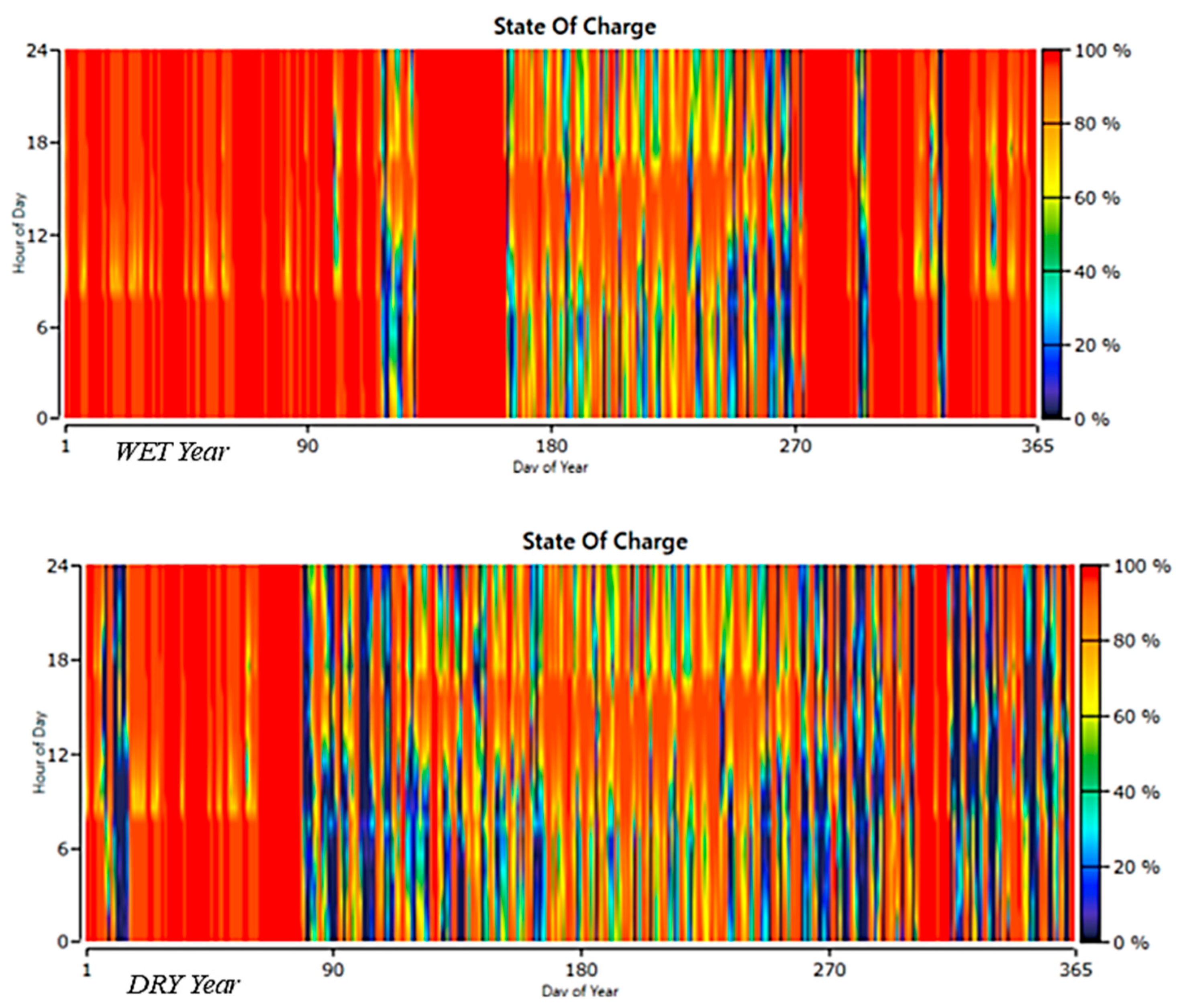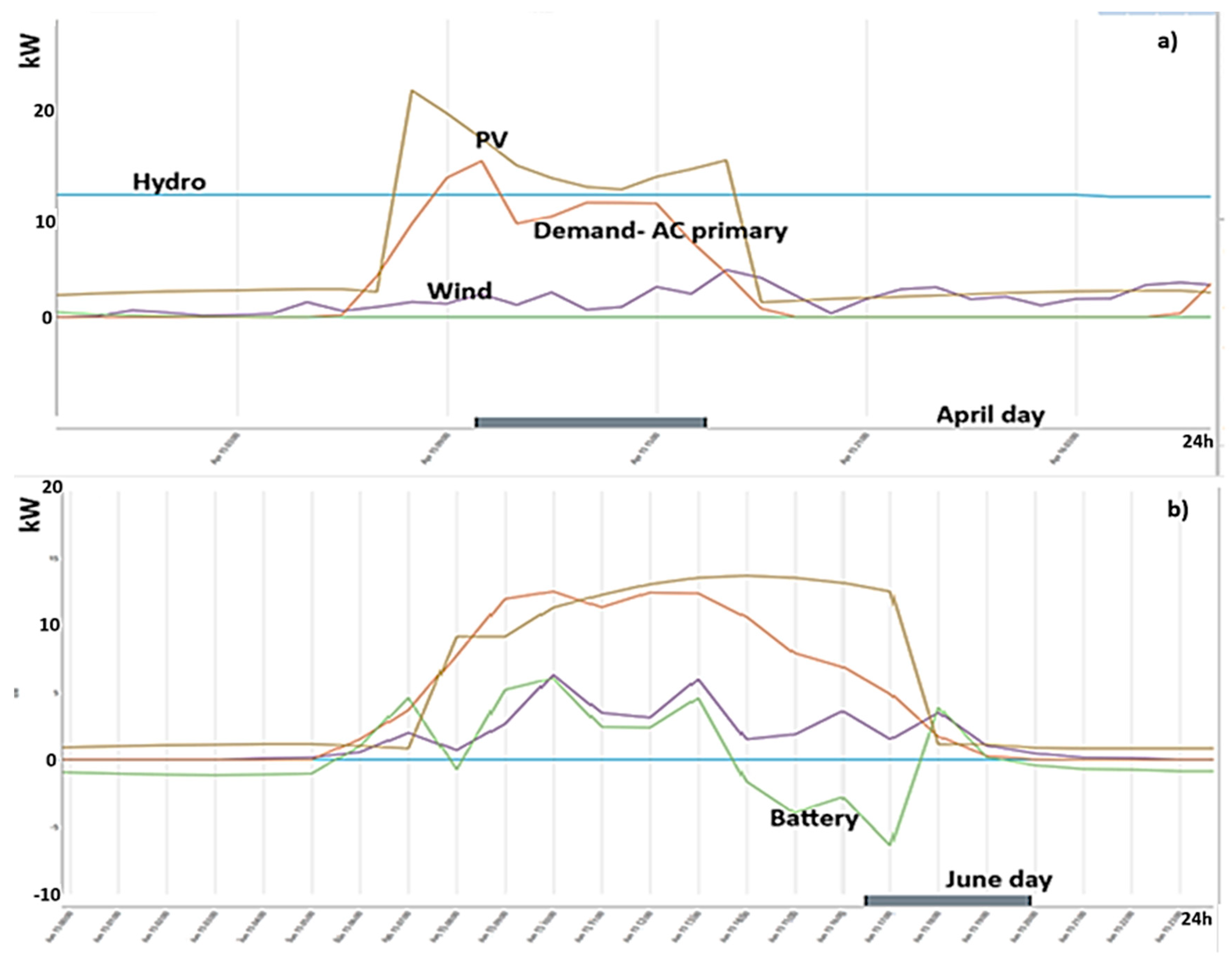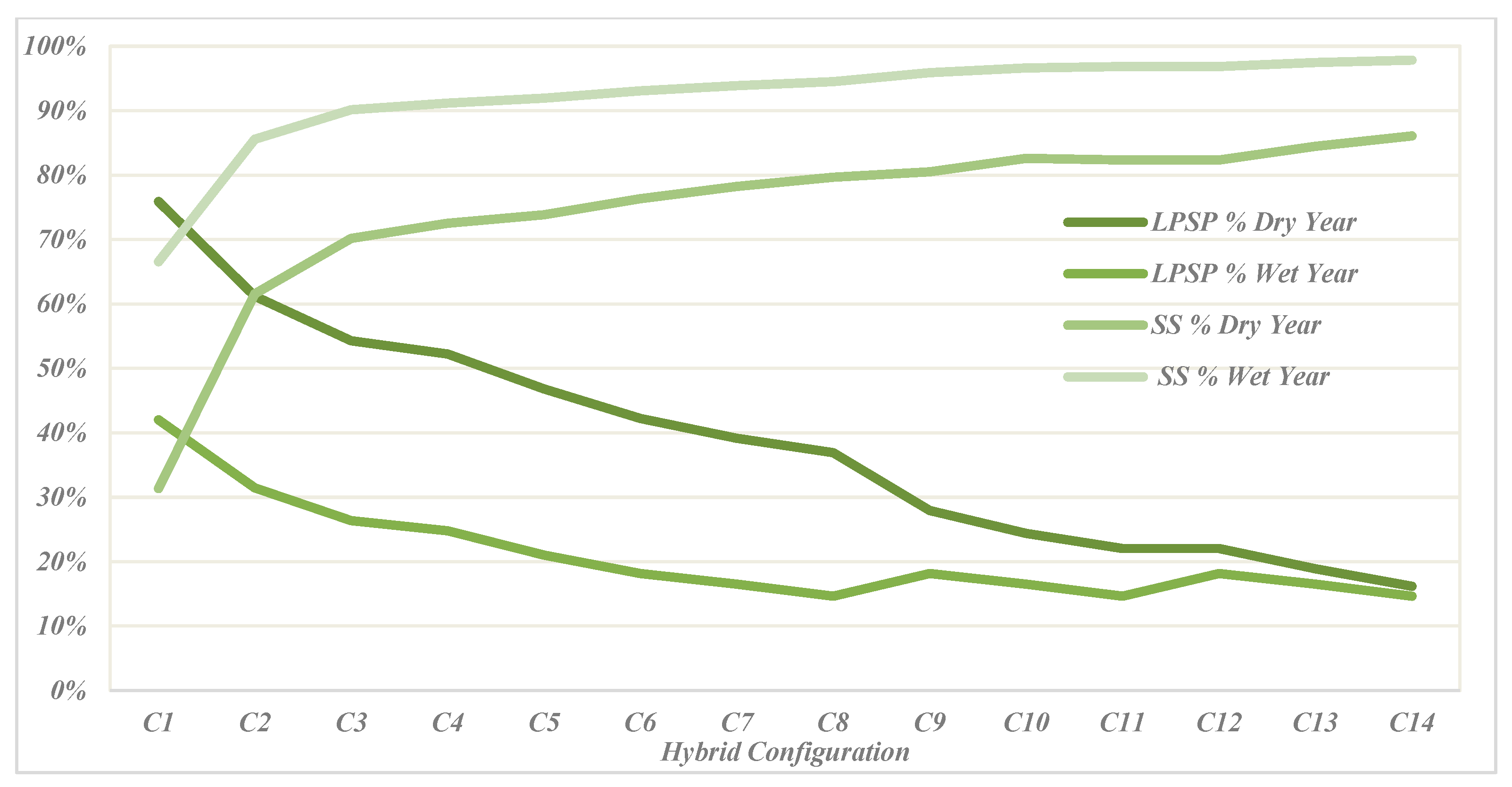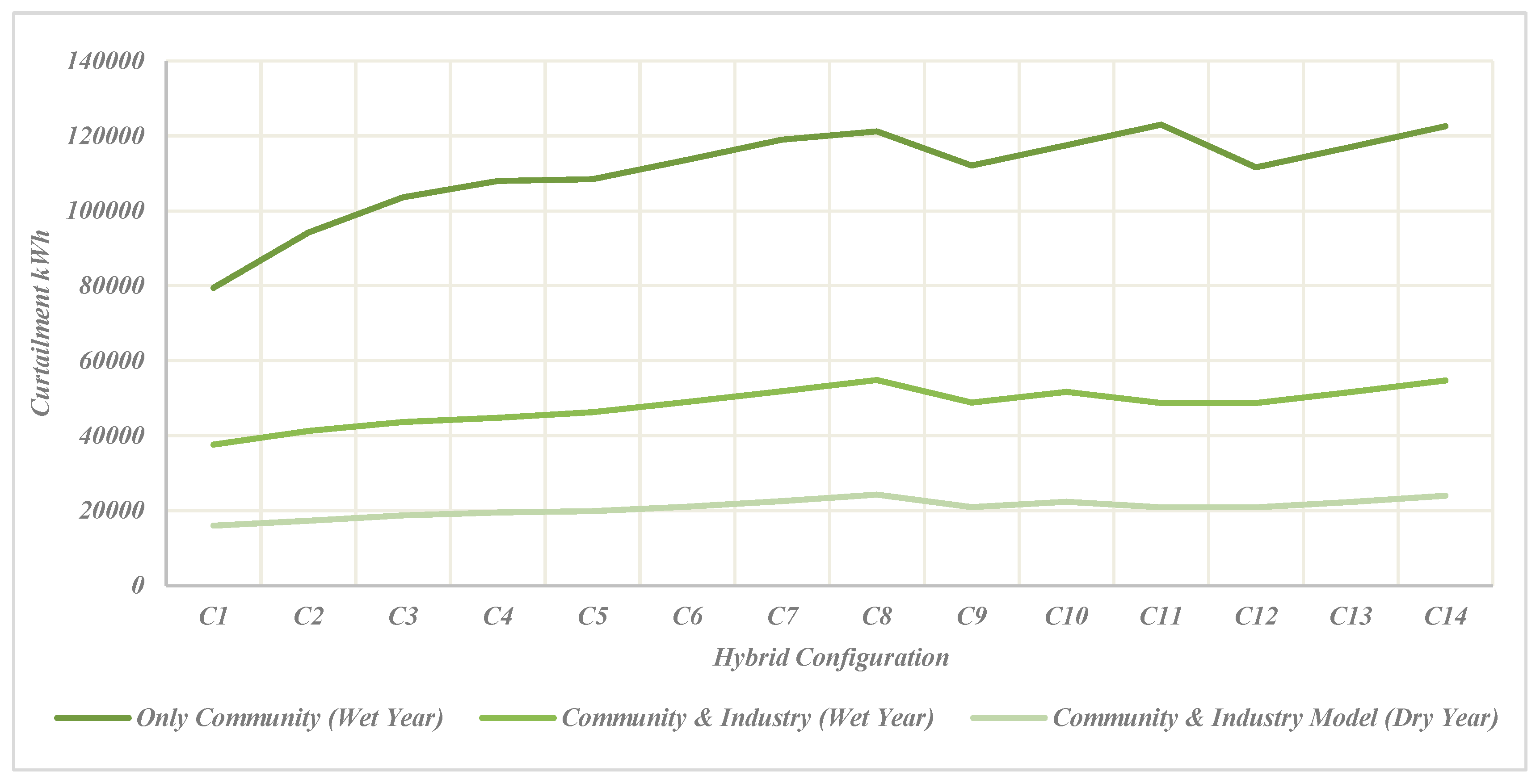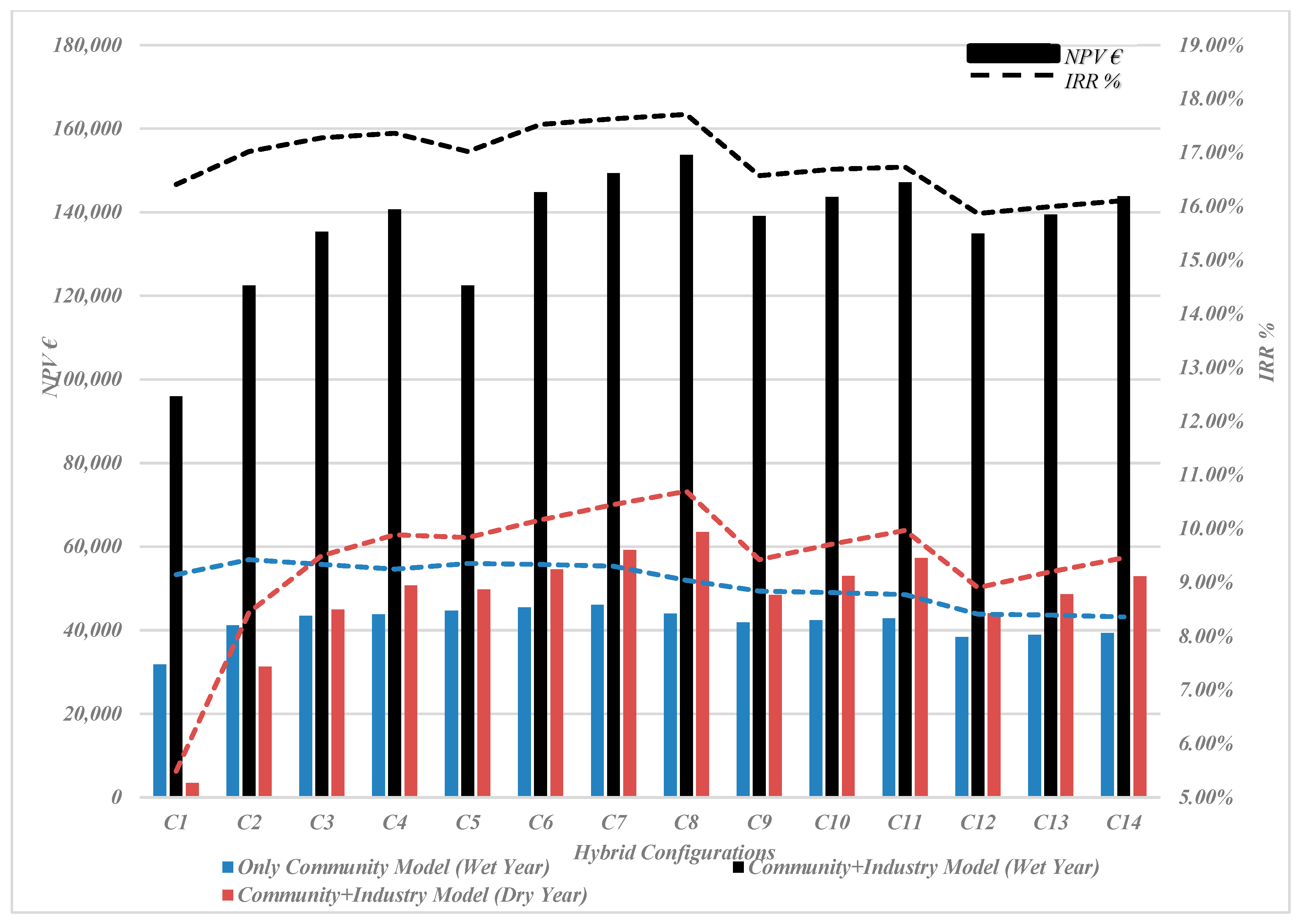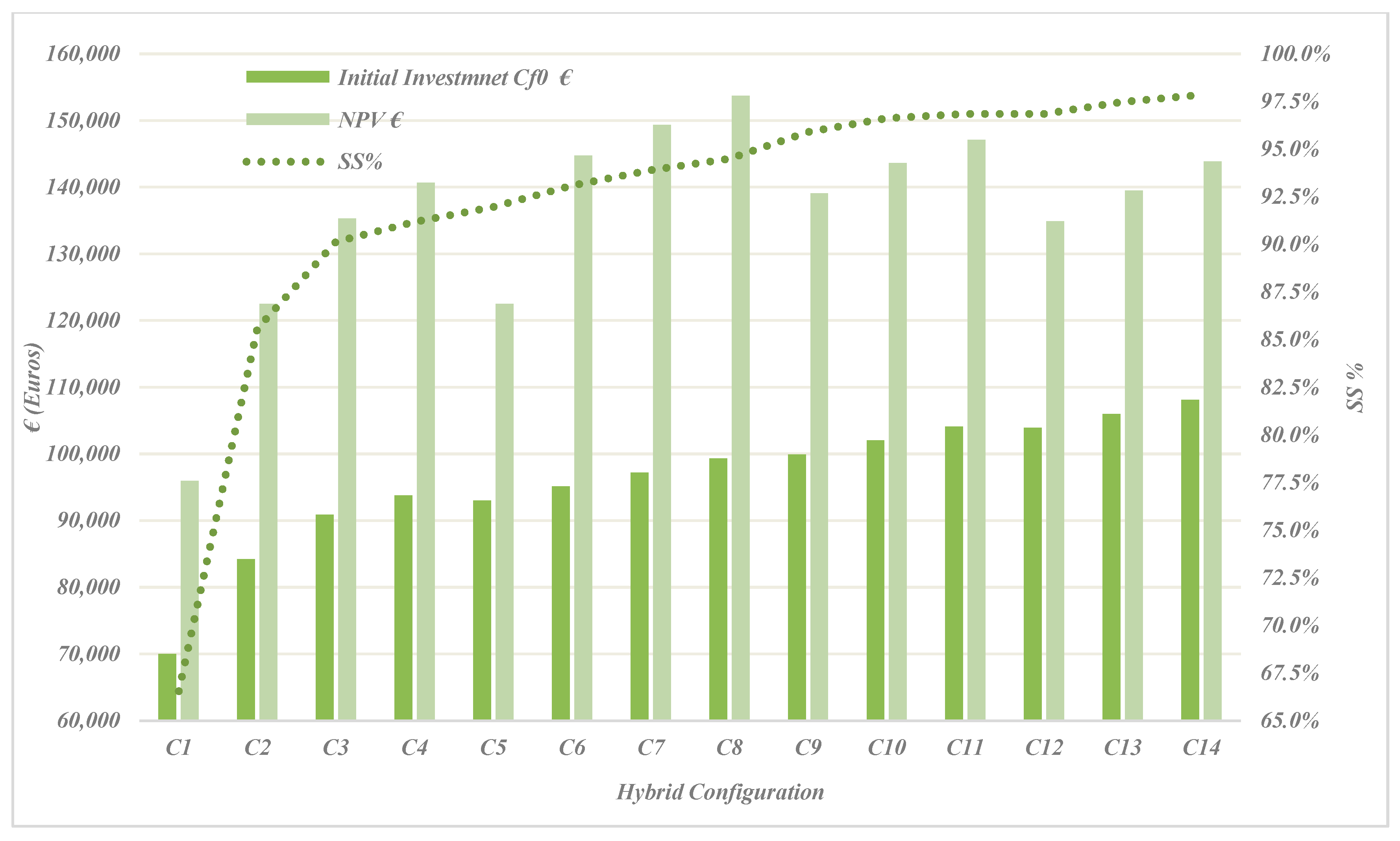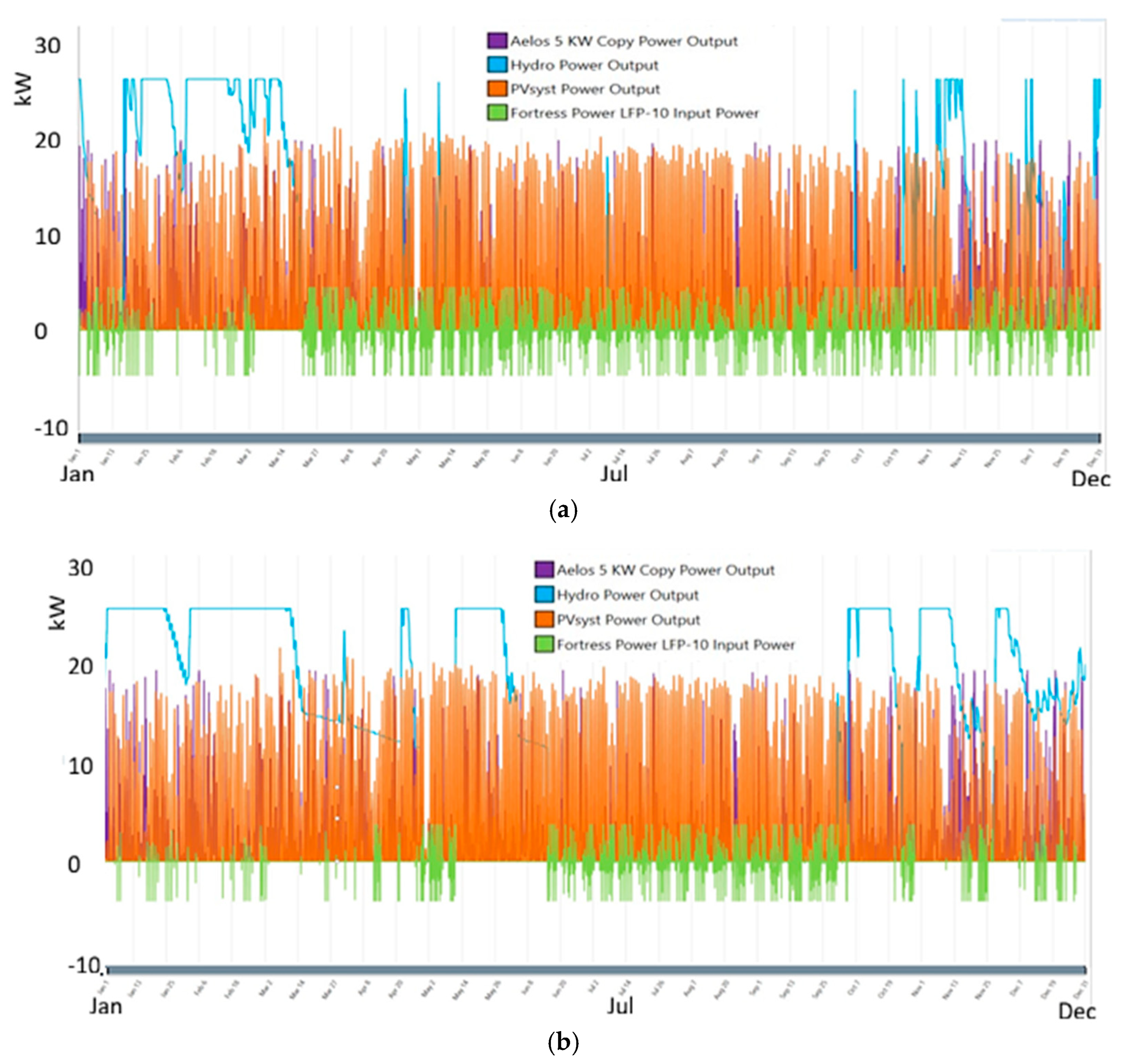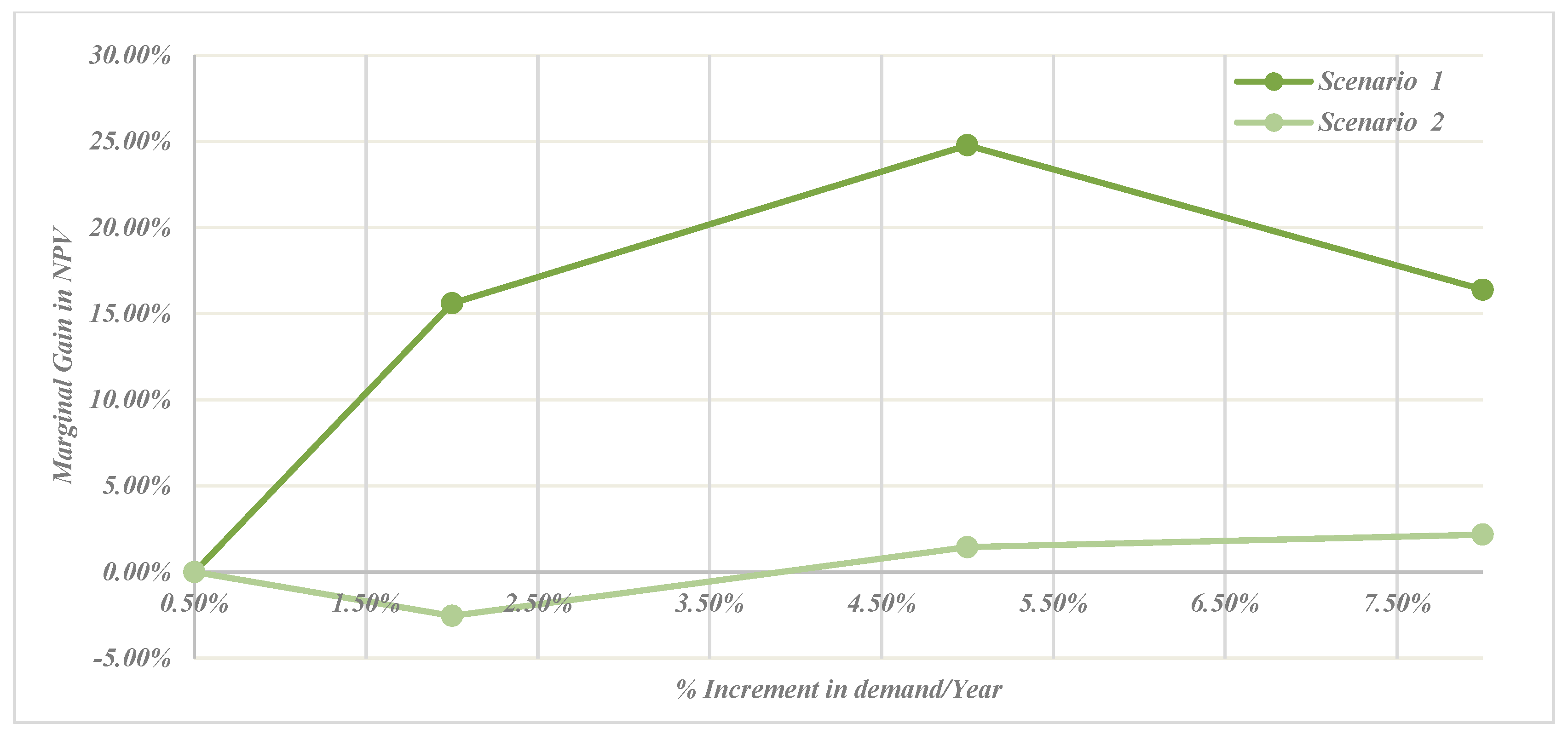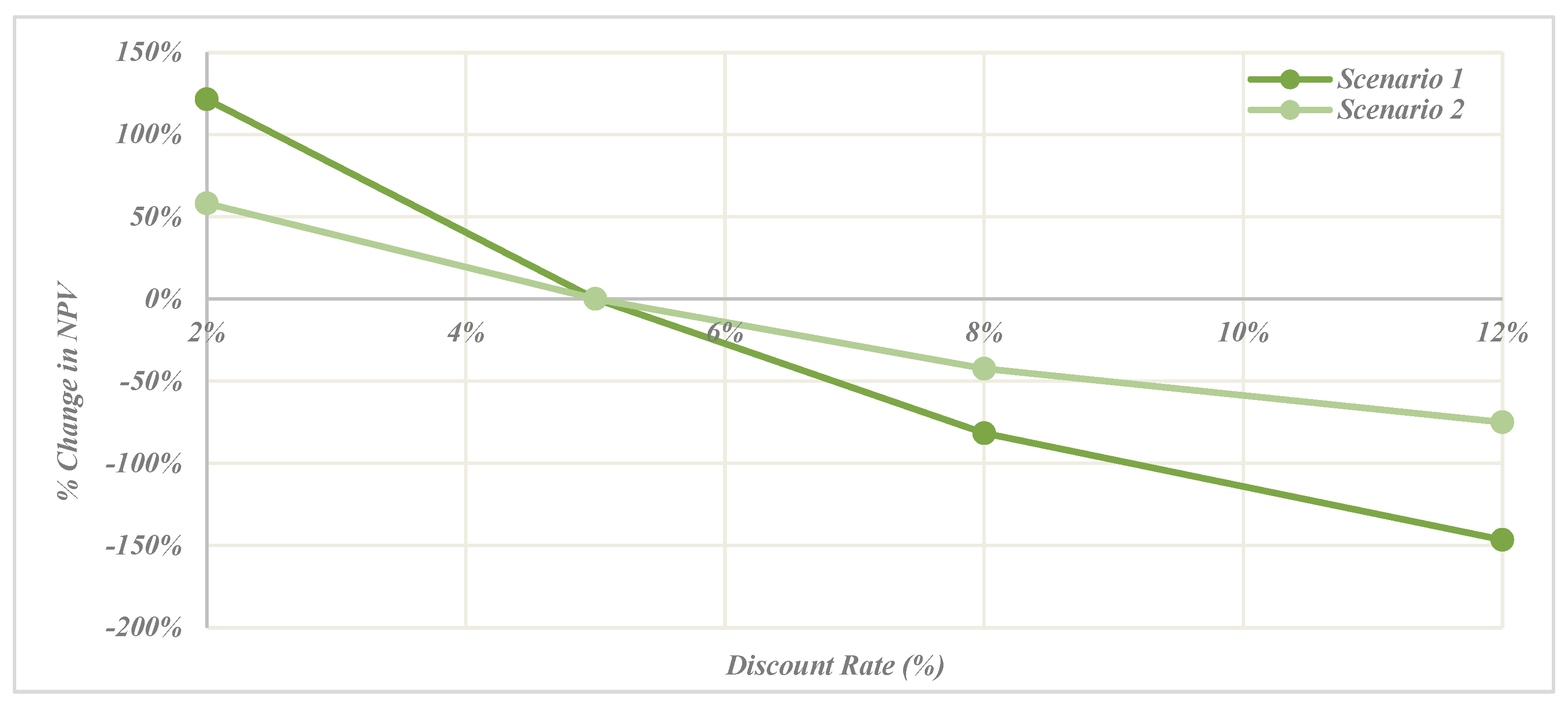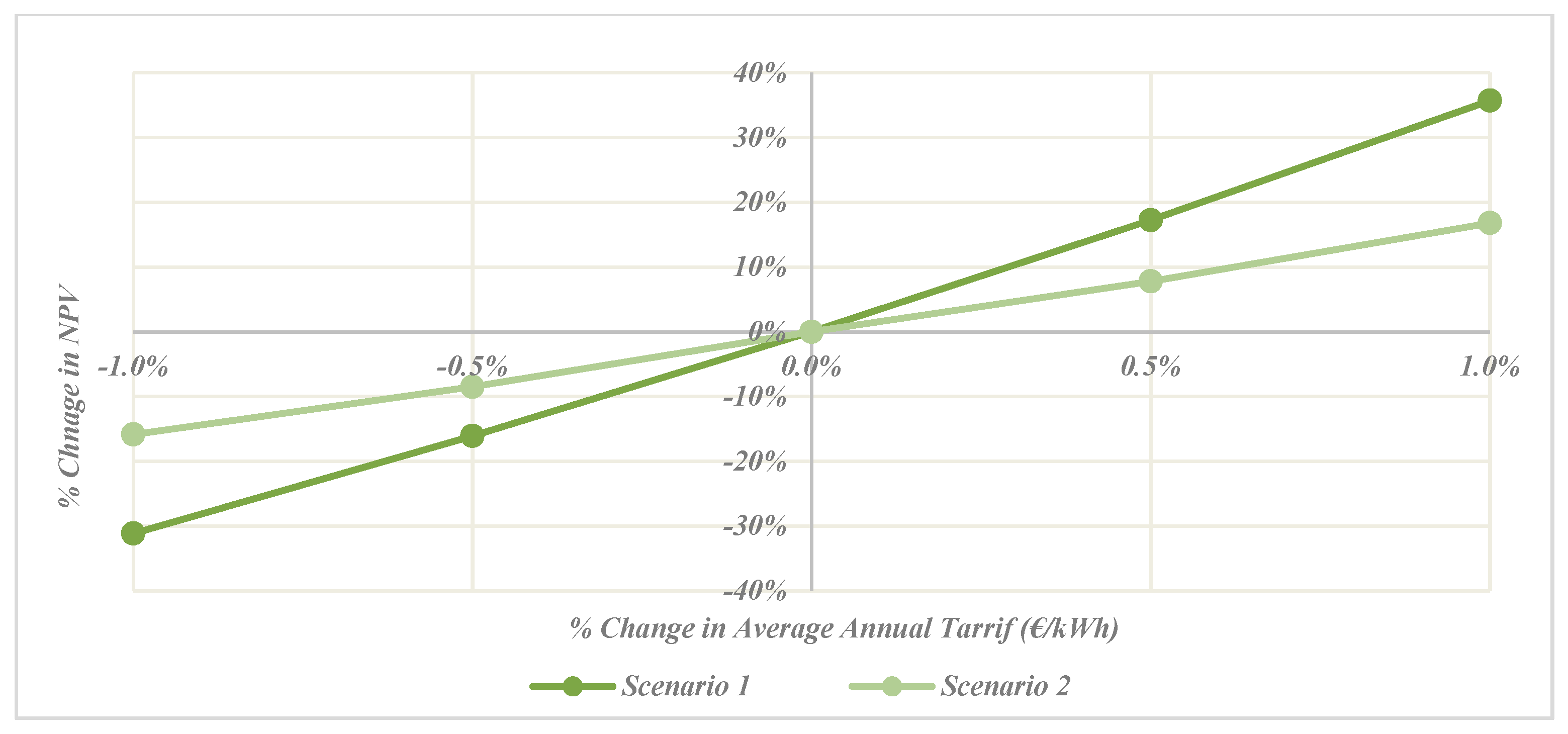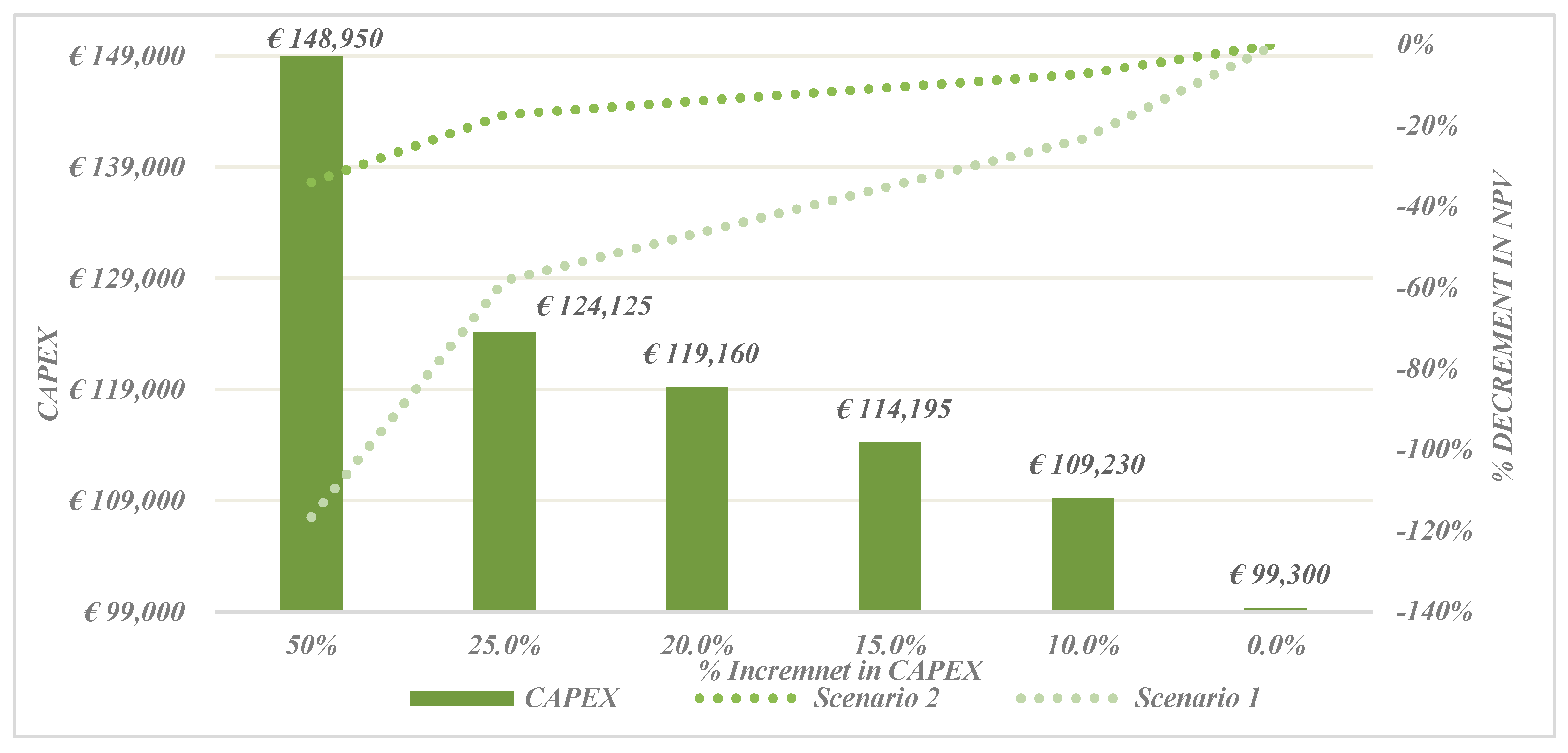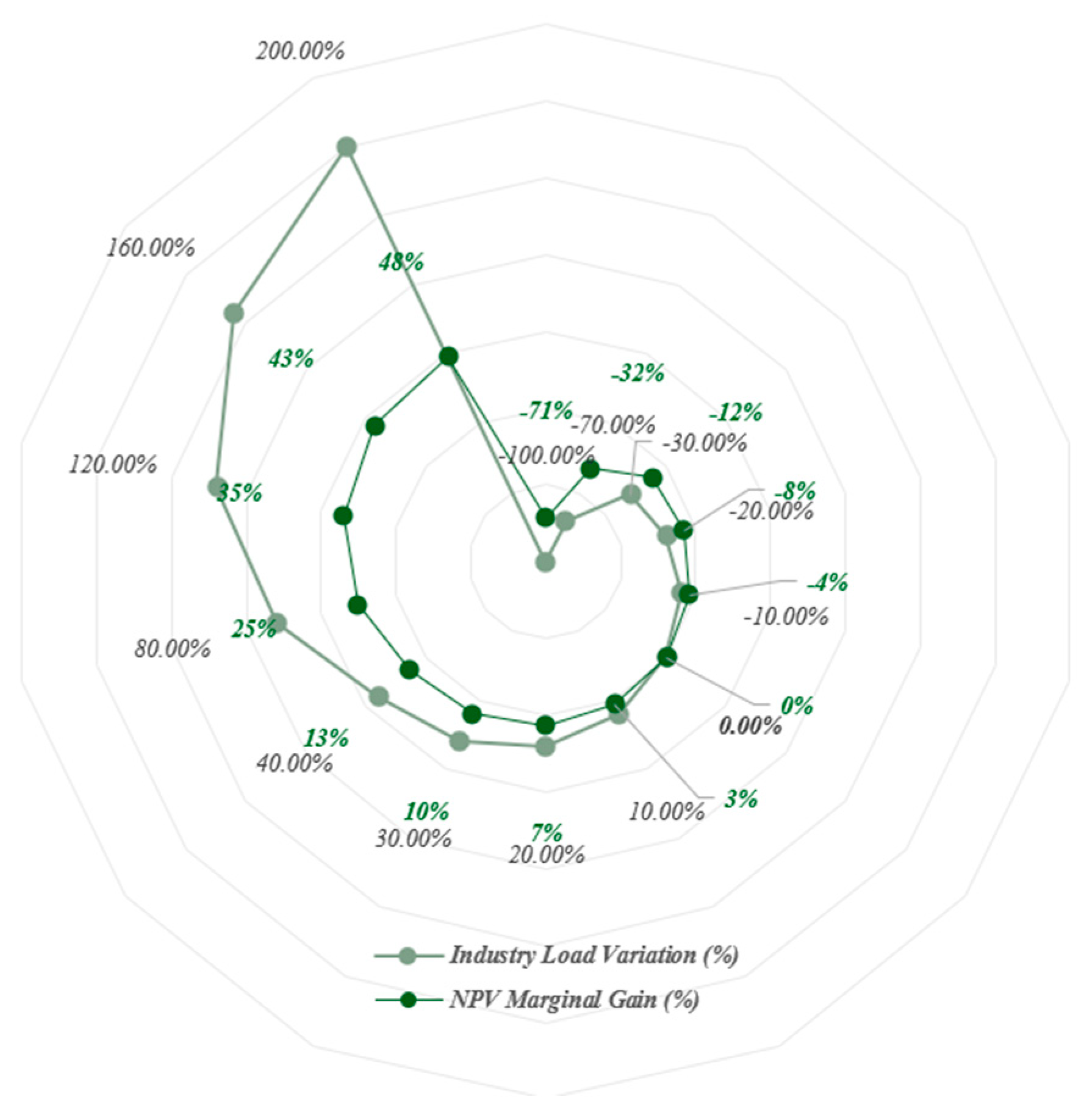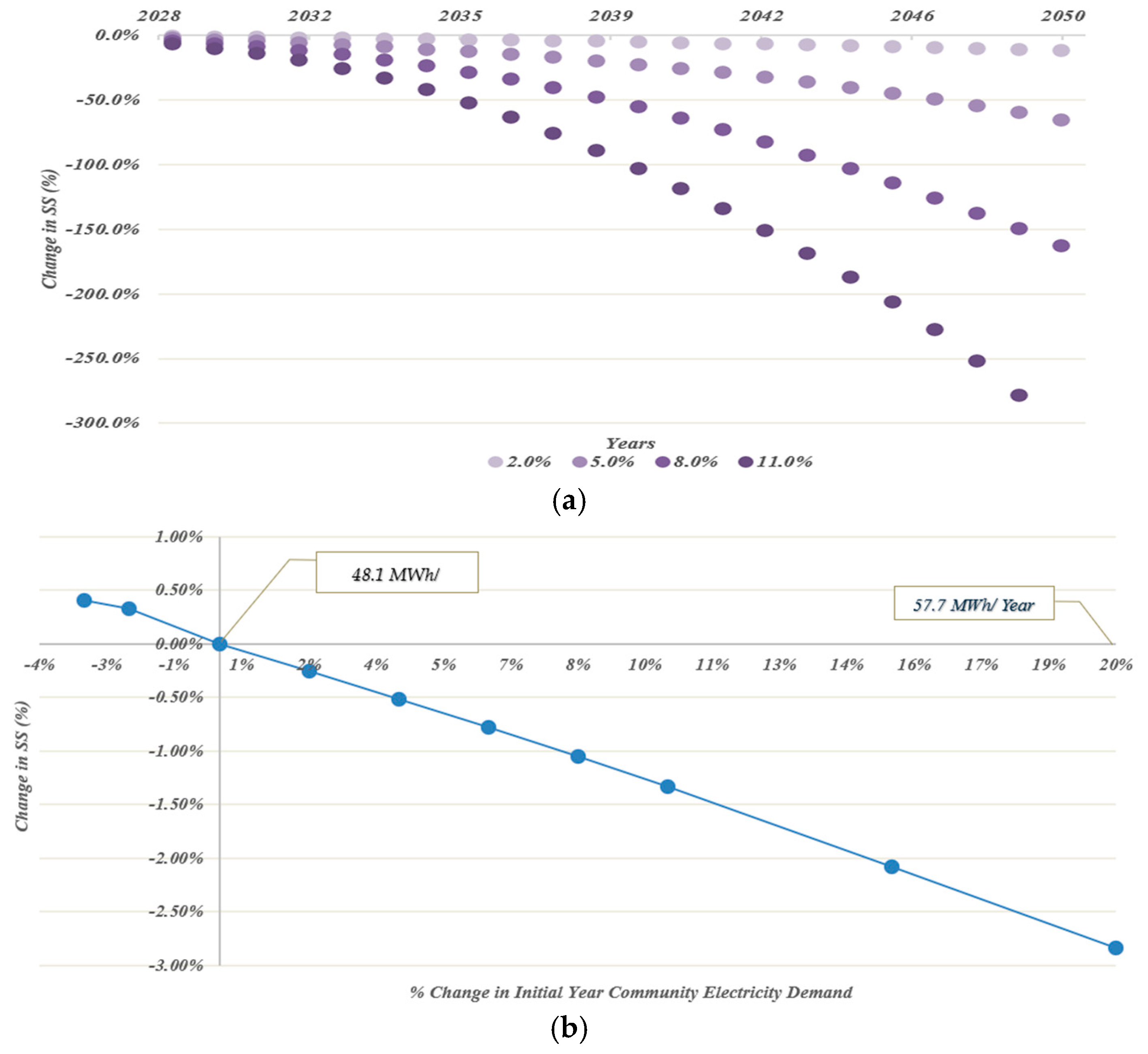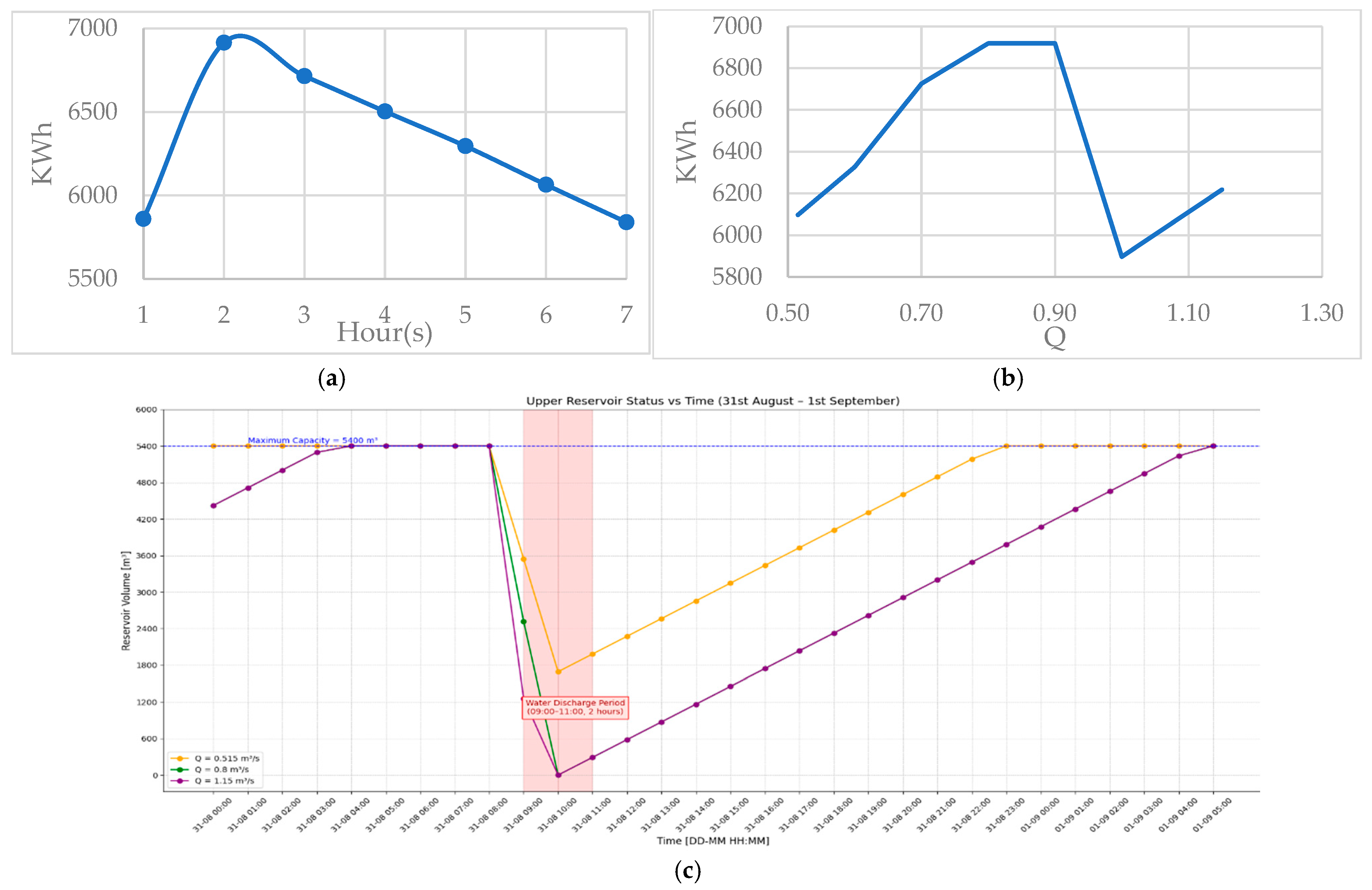1.1. Background Review
Throughout history, engineers have continually sought to improve the efficiency and affordability of solutions to meet fundamental human needs. Among these, energy, whether as electricity or heat, remains essential for economic growth and modern development. However, accelerating climate change and global transformations now compel us to reconsider how energy is produced.
A very recent publication by the IEA (International Energy Agency) mentioned that in 2024 global energy demand rose by 2.2%, outpacing the average growth rate of the past decade. All fuel types and technologies saw increased demand, with the power sector leading the surge due to a 4.3% rise in electricity consumption, which was significantly higher than the 3.2% global GDP growth. This spike was driven by record-breaking temperatures, ongoing electrification, and growing digitalization. Renewables contributed the most to the increase in global energy supply [
1], accounting for 38% of the growth, followed by natural gas (28%), coal (15%), oil (11%), and nuclear energy (8%) (
Figure 1).
It is crucial to recognize how renewable energy (RE) has reshaped the national priorities of energy security and affordability—areas that remained relatively inflexible for decades when oil and gas were considered the most reliable energy sources. Today, RE plays a pivotal role in strengthening energy security and is increasingly vital in sectors such as industry, food production, healthcare, and other essential services. By reducing dependence on fossil fuels, RE helps shield nations from risks like natural disasters, fuel price volatility, and geopolitical tension [
2]. Similarly, numerous studies suggest that renewable energy, when utilized efficiently, has the potential to deliver significantly more affordable energy than traditionally anticipated. By leveraging technological advancements and economies of scale, RE can reduce long-term energy costs and enhance economic resilience [
3].
The term “efficiently” remains a subject of ongoing research when discussing the effective use of renewable energy. One key example is the decentralization of energy, particularly electricity generation, where power is produced at or near the point of consumption. This approach reduces electricity costs, minimizes transmission and distribution losses, and enhances grid stability [
4]. However, when it comes to such arrangements, the key objectives are energy resilience and cheaper power. A recent electricity blackout occurred on 28 April 2025, affecting the Iberian Peninsula and nearby countries for several hours. This incident highlights the vulnerability of highly centralized power grids, where even a small fault can lead to widespread disruptions across entire regions. To reduce this risk, empowering local communities to produce their own electricity can enhance grid resilience. Local generation makes communities more self-sufficient and ensures they have access to power even during large-scale blackouts [
5].
Local energy generation becomes more feasible and efficient when multiple renewable energy sources are combined—such as photovoltaic (PV) solar panels, wind turbines, small-scale hydropower, and biogas plants—especially in regions where natural resources are abundantly available. This strategic integration of diverse technologies is known as hybrid renewable energy systems (HRESs) or energy hybridization, enabling a more stable, reliable, and sustainable power supply by complementing the strengths of each source [
6].
Hybridization of energy systems in rural areas can serve as a transformative approach, simultaneously supporting the expansion of renewable energy and ensuring a reliable electricity supply. Growing awareness of the disproportionate impacts of climate change on rural regions has motivated researchers, engineers, and energy planners to engage more actively in developing sustainable energy solutions tailored to isolated communities. Within this context, hybrid renewable energy systems (HRESs) have emerged in the literature as a promising framework, offering diverse configurations of distributed energy supply technologies designed to deliver both environmental and operational benefits [
7].
Regarding KPI methodologies and applications, ref. [
8,
9] presents a comprehensive methodology for analyzing energy KPIs using smart grid data. It emphasizes the importance of KPI selection and normalization for performance benchmarking in energy systems. Ref. [
10] reviews environmental and energy KPIs for renewable systems integrated with storage. It categorizes indicators into technical, environmental, and economic dimensions, highlighting their role in lifecycle assessments. Ref. [
11] focuses on KPIs for energy storage in buildings, including efficiency, reliability, and environmental impact. It proposes a framework for evaluating storage technologies in urban sustainability contexts. Ref. [
12] explores demand response strategies in energy communities, integrating PV generation from public buildings. KPIs include self-consumption, grid interaction, and flexibility metrics. Ref. [
13] develops a KPI modeling framework for microgrid design and operation, which includes reliability, cost-effectiveness, and environmental performance, with simulation-based validation. And ref. [
14] proposes a KPI definition methodology for smart grids in island systems. It integrates technical, economic, and social indicators, tailored for isolated community energy planning.
Different studies about sustainability and self-sufficiency were presented by ref. [
15] to assess Ukraine’s food production and self-sufficiency against EU benchmarks. Though focused on agriculture, it introduces the SSR (Self-Sufficiency Ratio) as a transferable KPI for energy autonomy. Ref. [
16] applies multi-objective optimization for 100% renewable microgrids, incorporating demand-side flexibility costs. Sensitivity analysis evaluates trade-offs between reliability, cost, and emissions, which ref. [
17] used to develop models for Germany’s full transition to 100% renewable energy by 2050. It uses system-level KPIs like LCOE, emissions, and energy balance, with scenario-based sensitivity testing. Ref. [
18] presents a review of renewable energy policies and electrification strategies for Ghana, highlighting the policy-driven KPIs such as access rate, affordability, and grid integration. And ref. [
19] optimizes hybrid PV/wind/storage systems under demand response, using techno-economic KPIs including NPV, IRR, and LPSP, with sensitivity analysis on load profiles and cost parameters.
On the other hand, ref. [
20] develops decision support research about Multi-Criteria Decision-Making (MCDM) trends in renewable energy planning. It identifies gaps in stakeholder participation and proposes participatory decision-making models using AHP and PROMETHEE. Ref. [
21] evaluates policy options for increasing RES-E penetration in Greece, using MCDM to compare scenarios based on cost, emissions, and social acceptance. Ref. [
22] develops a sustainability and resilience indicator framework for local energy technologies, integrating MCDM with KPIs across environmental, economic, and social dimensions. Ref. [
23] applies MCDM to wave power plant site selection in Vietnam, using criteria like wave energy potential, environmental impact, and proximity to grid infrastructure. Ref. [
24] develops a seminal review on MCDM in sustainable energy planning, covering AHP, ELECTRE, and fuzzy logic methods, emphasizing their role in balancing conflicting KPIs. Finally, ref. [
25] presents reviews on decision-making in renewable energy investments, highlighting the integration of MCDM with financial KPIs (NPV, IRR) and environmental metrics for robust project evaluation.
Henceforth, the primary objective of this research is to develop a Multi-Criteria Decision-Making [
26] model for hybrid renewable energy in small communities, defining specific Key Performance Indicators and evolving a detailed sensitivity analysis. This research allows us to evaluate the technical and economic feasibility of hybrid renewables in small communities through a comprehensive methodology, using different simulations and types of analysis. The selected site of application was chosen to ensure practicality and to ground the assessment in real-world data and operating conditions. Hereafter, this research work is structured as follows:
Section 1, as previously presented, includes a recent literature review on the subject of hybrid energy solutions and KPIs related with energy communities.
Section 2 presents the methodology and materials necessary for this research through an innovative flowchart definition, site characterization, data collection, hydropower buffering main support, characterization of different hybrid system configurations, selection of suitable KPIs, and economic modeling.
Section 3 enhances the evaluation of results from several areas, including base-technical hydropower, PV operational optimization, wind and energy storage integration, strategic use of the hydropower buffer, Multi-Criteria Decision-Making, and key parameters under different operational conditions. In
Section 4 is the discussion of results and, lastly, in
Section 4 the main conclusions are drawn.

